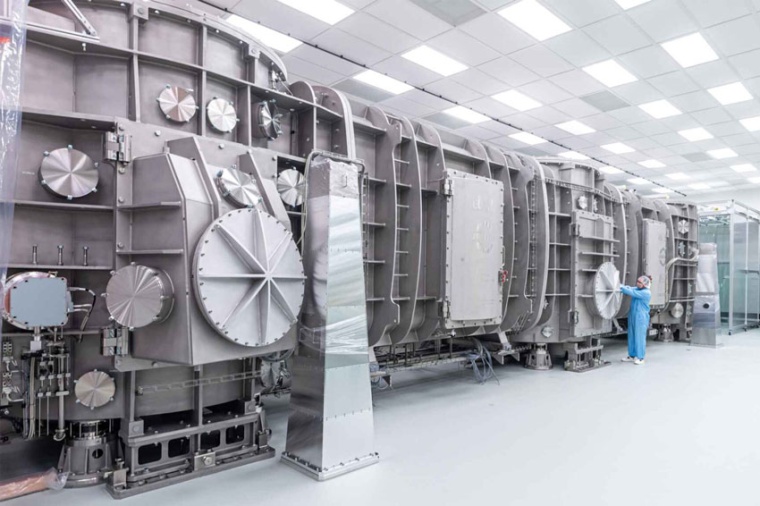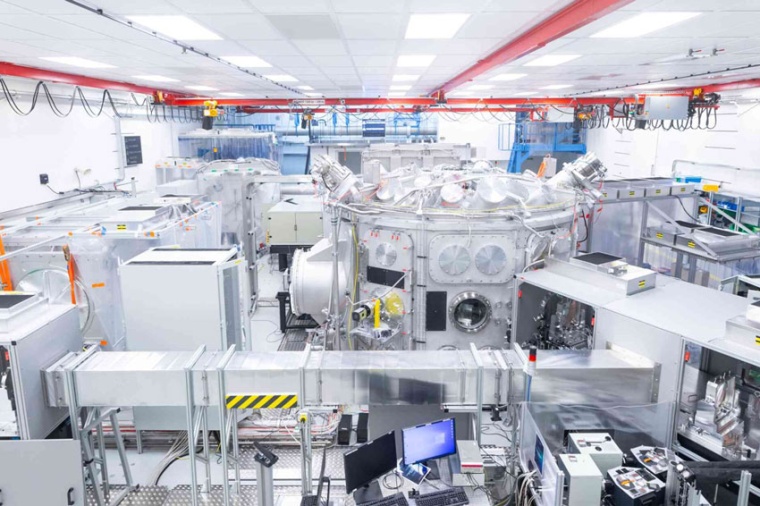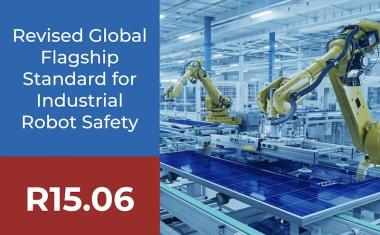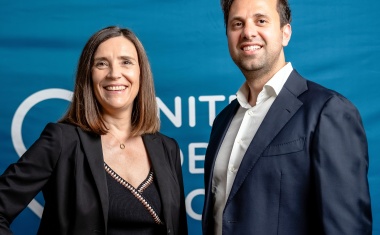Gamma ray laser project gets funded
NSF funding will allow University of Rochester scientists and their European collaborators to study the feasibility of coherent light sources beyond x-rays.
Developing lasers that produce very-high-energy light, such as gamma rays, has remained elusive. That’s in part because “coherent” light waves are in sync with each other, creating a stronger effect in combination. This effect is harder to achieve at higher-photon energies. And while lasers can now produce coherent light in the visible, ultraviolet, and x-ray ranges of the electromagnetic spectrum, doing so for gamma rays remains a challenge. To overcome this obstacle, Rochester researchers secured National Science Foundation (NSF) funding in collaboration with colleagues from ELI Beamlines in the Czech Republic.


The project partners investigate the coherence properties of the radiation emitted when dense bunches of electrons collide with a strong laser field. In doing so, the researchers aim to understand how to produce coherent gamma rays and use these new radiation sources for research and applications to create antimatter, study nuclear processes, and image dense objects or materials, such as scanning shipping containers.
“The ability to make coherent gamma rays would be a scientific revolution in creating new kinds of light sources, similar to how the discovery and development of visible light and x-ray sources changed our fundamental understanding of the atomic world,” says Antonino Di Piazza, a professor of physics at the University of Rochester and a distinguished scientist at the University’s Laboratory for Laser Energetics, who is the lead investigator on the NSF grant.
According to Di Piazza, it will be the first time that quantum electrodynamics and and high-tech experiments are used to study how fast-moving electrons interact with the laser to emit high-energy light. That is a more advanced approach to addressing this problem than earlier works. This compressor generates the ultrahigh-intensity laser pulses required for the project. (Source: U Rochester)
Links: University of Rochester’s Laboratory for Laser Energetics (LLE), Rochester, NY, USA • Extreme Light Infrastructure ERIC, ELI Beamlines Facility, Za Radnicí 835, 252 41 Dolní Břežany, Czech Republic
most read

Softbank acquires ABB's robotics business
The Softbank Group has reached a definitive agreement to acquire ABB's robotics business.

ANSI and A3 publish revised R15.06 industrial robot safety standard
The standards have been considerably extended to take account of technological progress.

First access for external users to the QSolid quantum computer
The prototype of the QSolid quantum computer was successfully integrated into the JUNIQ infrastructure of the Jülich Supercomputing Center.

United Robotics Group restructures
The company focuses on the healthcare industry and innovation.

Single Pair Ethernet Pavilion to Debut at SPS Atlanta 2025
Connectivity technologies for Industry 4.0 will be presented at the inaugural U.S. edition of SPS, featuring top industry leaders and live demonstrations.






